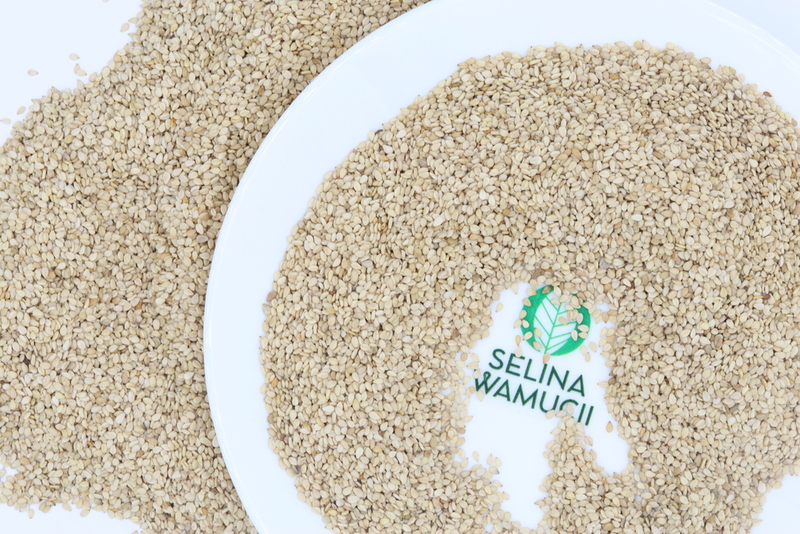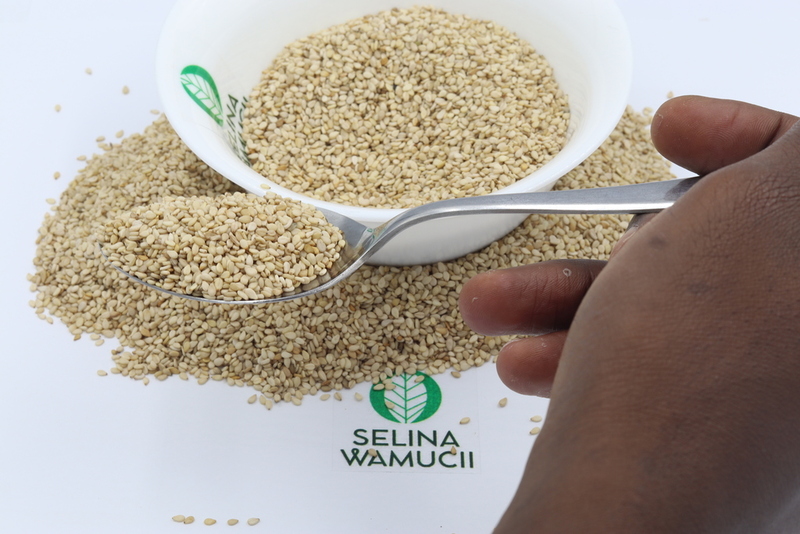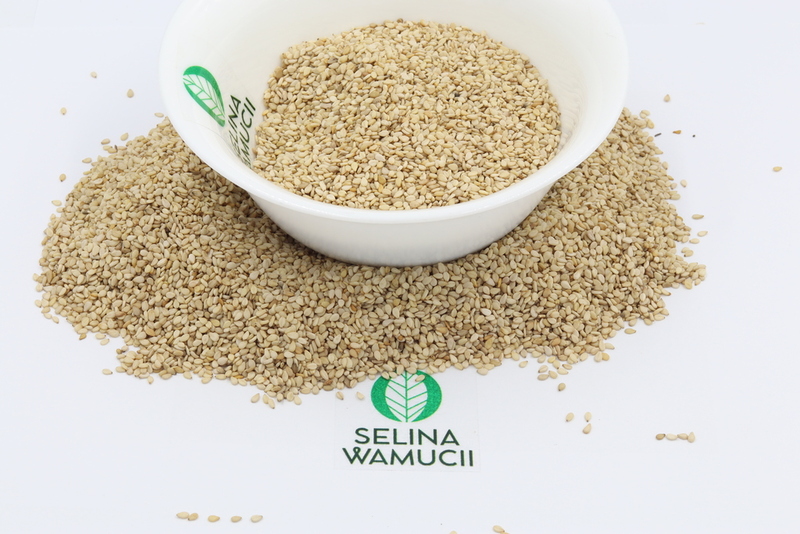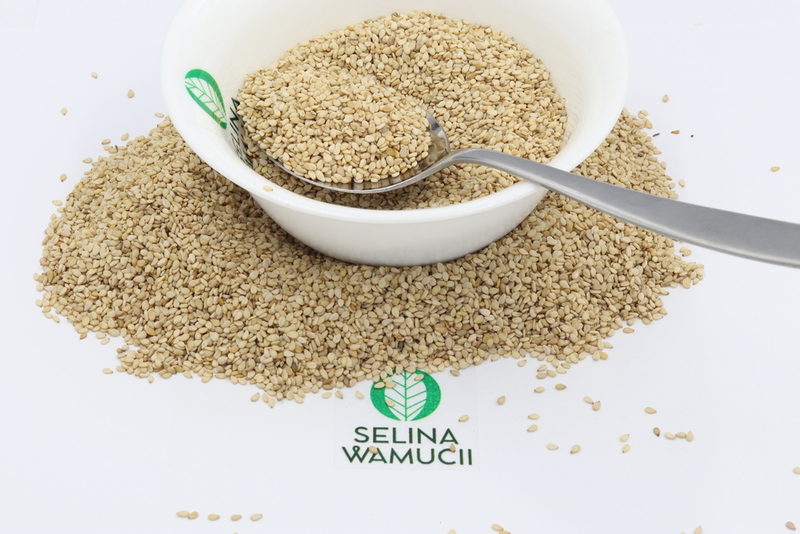Buy Sudan sesame Directly From Exporters & Suppliers - Best of 2024 Market Prices
| Summary | |
|---|---|
| Variety | White sesame, red/brown sesame, mixed sesame seeds |
| Packing | 25 kg gunny bags, double packed to avoid moisture |
| Size | 1mm-2mm |
| Season | May-June-planting October -November-harvesting |
| Storage | In a cool, dry place Temperature below 18 degrees Celsius |
| Transport Conditions | Relative humidity 89%-90%, temperature below 18 degree Celsius, and this creates a cool, dry place. |
Sudan sesame seeds have high oil content with a rich, nutty flavour. Sesame seeds, generally are a common ingredient in cuisines all over the world.
The sesame seed, a member of the Pedaliaceae family, is among the oldest cultivated crop in the world. It grows up to 50 cm-100 cm tall with opposite leaves 4 cm-14 cm with flowers that vary in colours. Sesame seeds occur in different colours depending on the cultivar, and the most traded one is off-white coloured.
Sesame was introduced to Sudan by the British in 1944.it is mainly cultivated in Gedarif state in Sudan. The cracking clays in the region favoured it. Apart from Sudan, sesame plant is widely grown in Egypt, Tanzania, China and Ethiopia.
The Sudan sesame industry has continuously grown over time with currently over 2.5 million rain-fed hectares of land for sesame cultivation. In 2019 the country produced the 62000 tons of sesame. In 2015 Sudan was ranked second-largest exporter of sesame after India with about 296,000 tons of sesame exported. Export of sesame seeds gave a monetary conversion of $586 million during that year.
Globally, Sudan is among the top 10 producers of sesame seeds, and, second in Africa after Tanzania.
The sesame varieties in Sudan grow up to fourteen types, but the most common varieties are the Elobeid 1, promo (recently improved cultivars) and Hirhri (old traditional cultivar). They are however simplified to the white, brown and mixed sesame seeds.
Sudan sesame seed is rainfed and does well in areas with 350-600 mm rainfall annually, however, excellent sesame is yielded when the rainfall is 500 mm, the high altitude of 1250-1650 above sea level. It takes an average of between (90-105) days to ripen.
Sudan sesame seeds are planted between May to June. Its maturity is dependent on the climatic conditions. In rain-fed areas, it may take up to around 105 days while in rainy places it takes up to 90 days. Due to Sudan extreme heat, the time to maturation is shorter than 90 to 120 days.
The harvest of Sudan sesame seeds begins when the pods have changed colour from green to brownish-yellow, this is between October and November. The labourer slashes the plant at the base and conveys the pods to the threshing point in the baskets. Sesame seeds are removed by use of a rolling pin or by a threshing machine.
The seeds are put in the cleansing tank after which the seeds are roasted at temperatures less than 12%. They are double packed to ensure that they are completely free of twigs and dust particles.
They pack in gunny bags, and these are the raw, broken seeds — the oil-packed in pet 250 ml, 1 l and 1.5 l.
Sudan sesame seeds are transported to the port of Sudan ready for exported. The main market destinations of sesame are Egypt, Middle East, Asia and the USA
The sesame seeds stored in temperatures of 18 degrees Celsius and humidity of 50% hence creating a cool, dry place.
Sign up to our platform today to get connected with buyers and suppliers of Sudan sesame seeds.
Get Instant Quote
Are you a producer of Sudan sesame or other products?
Sign up today for FREE to buy or sell Sudan sesame.





